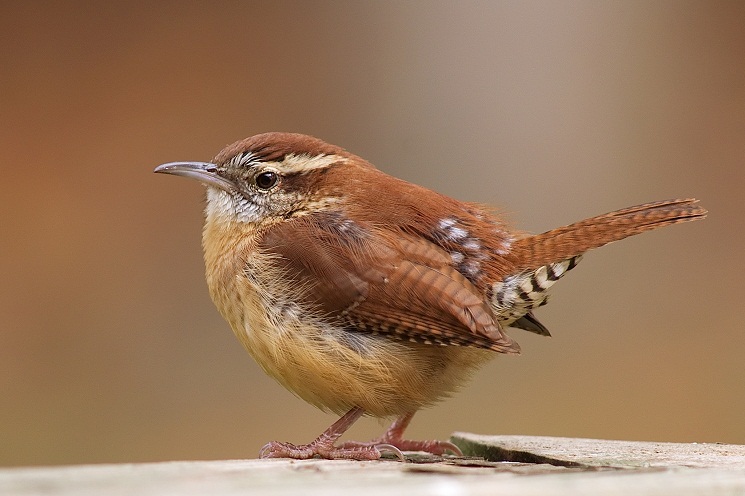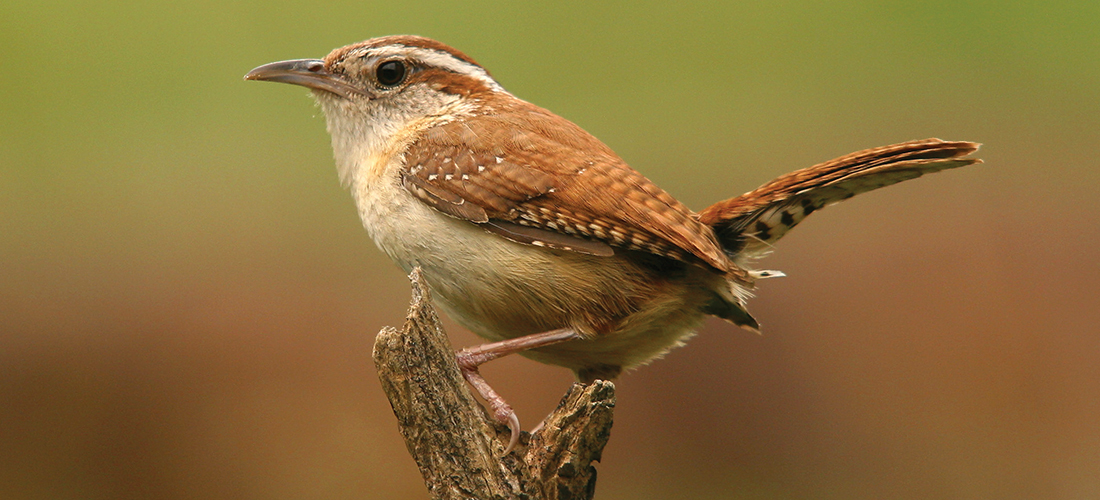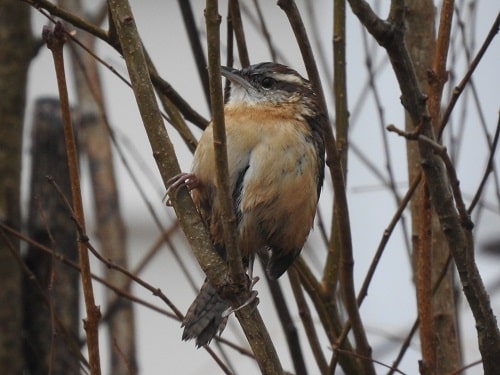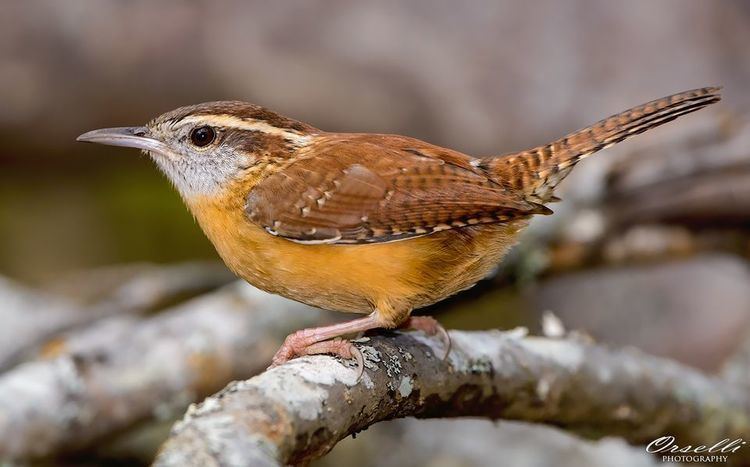
During this time the female will leave the eggs from time to time to feed. Incubation time last 12 15 days. The eggs are white with brown marks.

After choosing and rebuilding the nest the female will lay one egg each day until a clutch of 5 or 6 eggs are laid. Houses can be the mounted or hanging type wrens will use either. You must have a large healthy plant.

Catnip is thought to be an insect pest deterrant. Carolina wrens usually lay 4 6 eggs and begin incubating on the next to the last egg. If the nest has only 3 eggs they are probably not finished yet.

Yes those are brave or not so smart little wrens. Female may spend night in nest after first egg. Begins with penultimate or last egg.

Little or no gloss unlike house wren. Usually with heavy brown reddish brown flecks often heavily concentrated at larger end. Eggs are white pale pink or rosy tint light gray larger than other wren eggs.

As a result cowbirds may have a significant impact on the reproductive success of wrens. Female cowbirds sometimes eject carolina wren eggs before laying their own and even if host eggs are retained the size of cowbird eggs negatively affect the hatching success of wren eggs. The young birds leave the nest around 14 to 16 days after hatching but may stick close to the parents for most of the season to feed together.

During this time the male will often bring the female food.
Carolina wren eggs hatching time. White with brown blotches usually concentrated at larger end. Incubation is by female only 12 16 days. Male may feed female during incubation. Both parents bring food for nestlings.
Young leave nest about 12 14 days after hatching. 2 broods per year or 3 in south. Both parents bring food for nestlings. A carolina wren nest in a boot.
Carolina wren s often choose odd locations for their nests. They do not often chose to use nestboxes. A carolina wren nest is a bulky somewhat messy mass of debris like leaves with some coarse hay grass twigs moss little roots weed stalks. Strips of bark plastic or even snakeskin.
Generally domed with tunnel like entrance. And lined with feathers animal. Carolina wren is not on the 2016 state of north america s birds watch list. These birds thrive over much of the eastern united states.
Icy snowy winters can abruptly reduce local populations but they soon recover. In fact the carolina wren has been pushing northward with rising average winter temperatures over the past century or so. The carolina wren is a species of american birds spread across a large part of the us. These little birds are the largest of the wrens found in the usa and play an important role in the eco system.
The carolina wren extensively affects the populations of the insects and spiders they eat and compete with other bird species that nest in holes and cavities. Only the female incubates the eggs and 12 to 16 days pass before the eggs hatch.

Only the female incubates the eggs and 12 to 16 days pass before the eggs hatch. The carolina wren extensively affects the populations of the insects and spiders they eat and compete with other bird species that nest in holes and cavities. These little birds are the largest of the wrens found in the usa and play an important role in the eco system.

The carolina wren is a species of american birds spread across a large part of the us. In fact the carolina wren has been pushing northward with rising average winter temperatures over the past century or so. Icy snowy winters can abruptly reduce local populations but they soon recover.

These birds thrive over much of the eastern united states. Carolina wren is not on the 2016 state of north america s birds watch list. And lined with feathers animal.

Generally domed with tunnel like entrance. Strips of bark plastic or even snakeskin. A carolina wren nest is a bulky somewhat messy mass of debris like leaves with some coarse hay grass twigs moss little roots weed stalks.

They do not often chose to use nestboxes. Carolina wren s often choose odd locations for their nests. A carolina wren nest in a boot.

Both parents bring food for nestlings. 2 broods per year or 3 in south. Young leave nest about 12 14 days after hatching.

Both parents bring food for nestlings. Male may feed female during incubation. Incubation is by female only 12 16 days.

White with brown blotches usually concentrated at larger end.





